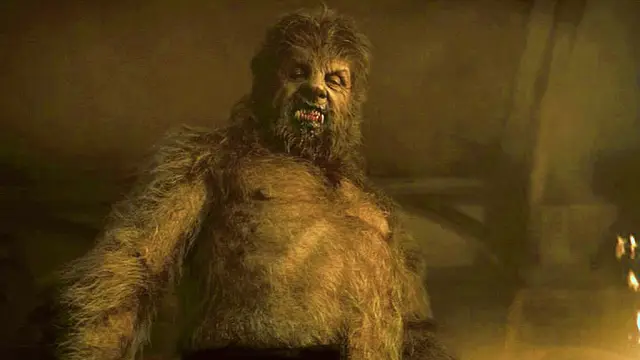The 2010 remake of The Wolfman is a confusing mix of uneven storytelling, silly moments, and occasional intrigue. This film, directed by Joe Johnston, tries to revive the classic 1941 version by George Waggner and Lon Chaney Jr. However, it often misses the mark.
The original Wolf Man is not without flaws, but it has a unique charm. It explores family tragedy and presents Larry Talbot as a relatable antihero. The film contrasts the cozy feel of a rural Welsh village with the dark horrors lurking nearby. In contrast, the new version shifts the setting to a vague place called Blackmoor, which feels more like a cliché haunted location than a real place.
Troubled Production
The new Wolfman suffers from a troubled production. It seems to lack a clear vision, with signs of rushed reshoots and edits. The film fails to capture the emotional depth of the original. The relationship between Larry and his father, Sir John Talbot, is less nuanced. Instead of a heartfelt connection, we get a more superficial conflict.
In this version, Lawrence Talbot, played by Benicio Del Toro, is not just a simple man. He is portrayed as a troubled actor hiding from his true self. His backstory includes a mysterious gypsy mother whose suicide haunts him. This adds layers to his character but also complicates the narrative.
When Larry’s brother Ben is killed by a beast, Larry returns home. He is drawn into a web of family secrets and past traumas. His quest to confront the beast leads to tragedy when he is bitten and transforms into a werewolf.
Lack of Depth
The film tries to explore themes of monstrosity and humanity, but it falls short. The original film had a sense of disbelief about the supernatural, while this remake presents a world filled with prejudiced townsfolk and over-the-top villains. The characters lack depth, and the social themes become muddled.

The family drama is heightened, but it feels forced. Gwen, played by Emily Blunt, is caught in the family’s twisted dynamics. The father-son conflict is flipped, with Larry’s brutish behavior reflecting his father’s violence. This change could have added depth, but it instead feels like a missed opportunity.
Visuals and Style
Visually, the film has its moments. The foggy forests and dark color palette create a gothic atmosphere. However, many scenes feel generic and lack the unique style of the original. The film references other werewolf movies, but these nods often feel like cheap imitations rather than genuine tributes.
The CGI effects, especially in the action scenes, detract from the film’s impact. The climactic battles lack the ferocity and tension that one would expect from a horror film. Instead, they feel like standard action sequences found in many recent fantasy films.
Characterization and Performances
Del Toro’s performance as Larry is intense, but the character is poorly developed. The film tries to make Larry a sympathetic figure, but it fails to capture the tragic duality of the original. Instead of being a tortured soul, he comes off as a hero fighting against obnoxious villains.
Anthony Hopkins as Sir John brings some familiar charm, while Hugo Weaving adds humor to his role. However, Blunt’s portrayal of Gwen stands out. She delivers a strong performance that feels genuine, even in the midst of the film’s chaos.
Missed Opportunity
Despite its flaws, the film is more interesting as a failure than as a success. It hints at what could have been—a compelling horror story with emotional depth. If the filmmakers had focused on the original’s strengths instead of second-guessing themselves, they might have created a more enjoyable film.
In conclusion, the 2010 Wolfman remake is a messy attempt to revive a classic. It lacks the emotional resonance and character depth of the original. While it has some visually appealing moments, it ultimately falls short of delivering a satisfying horror experience. The film serves as a reminder of the challenges of remaking beloved classics and the importance of staying true to the source material.

